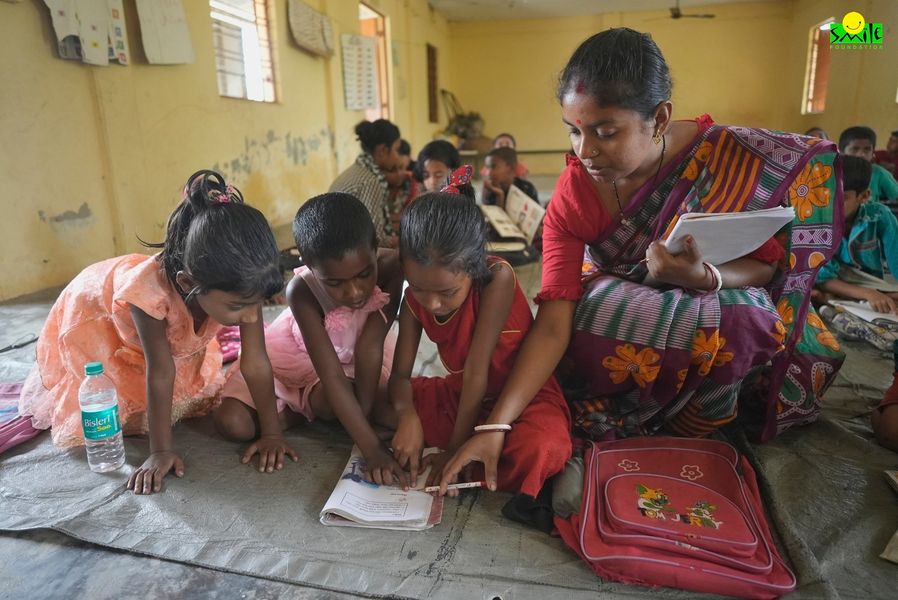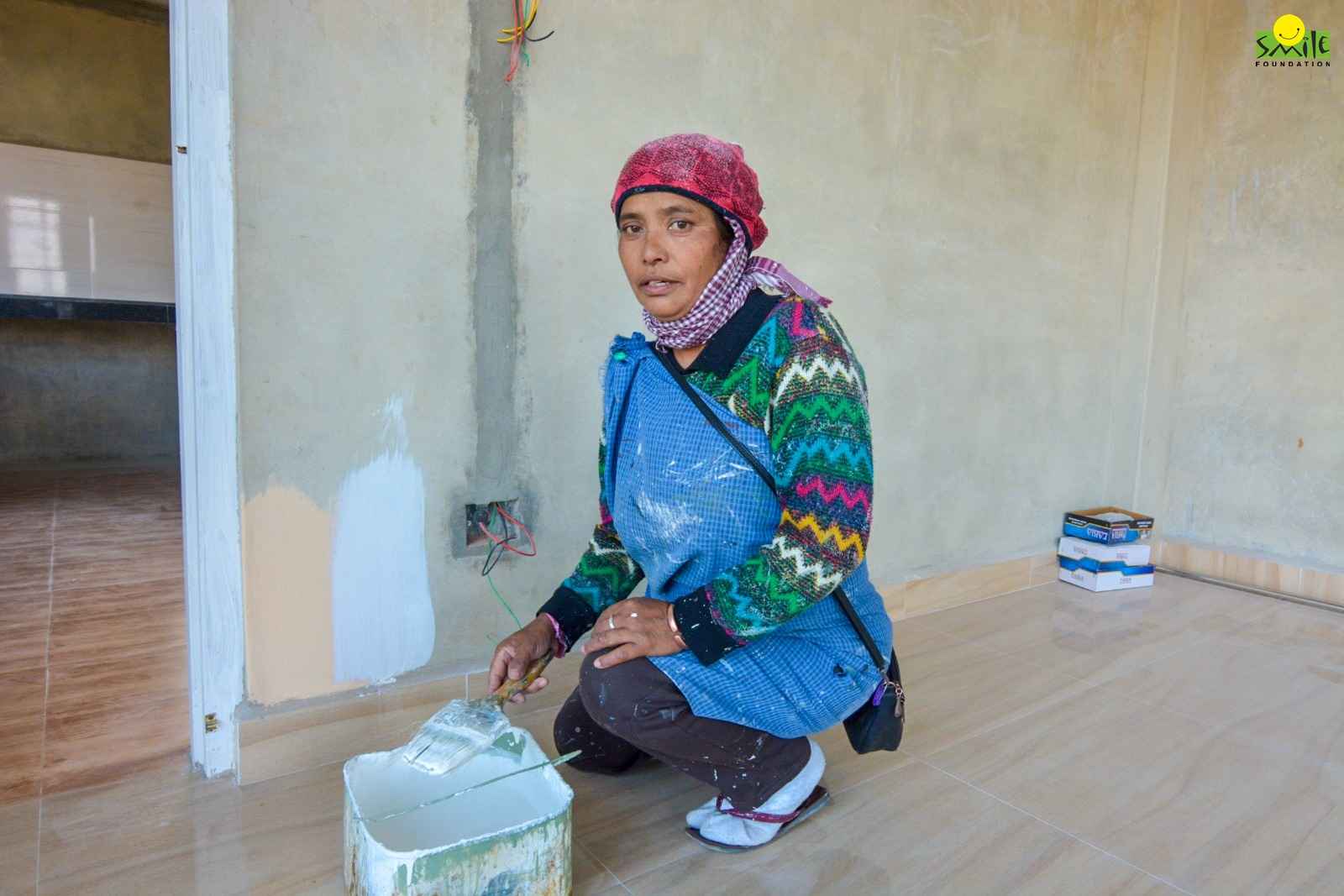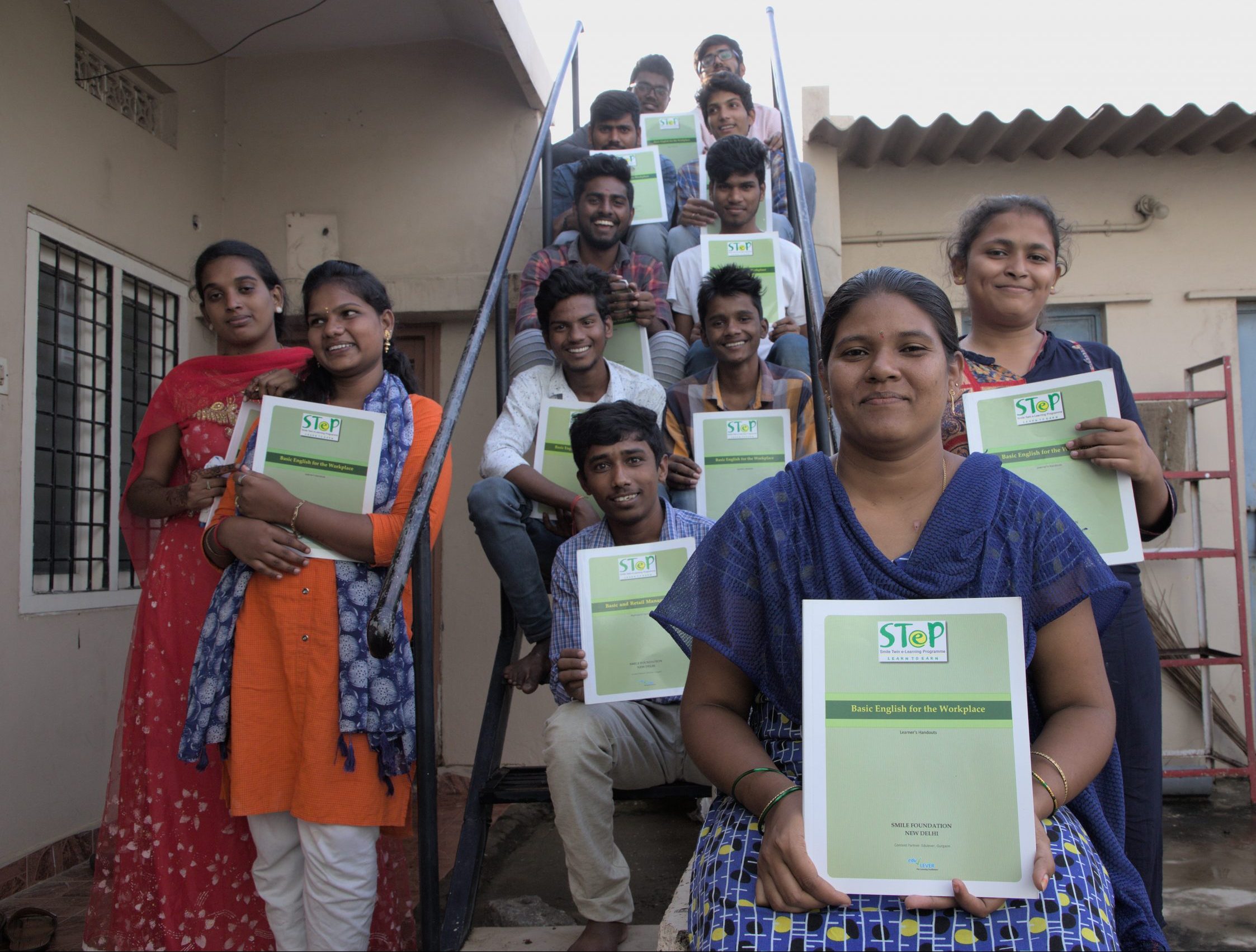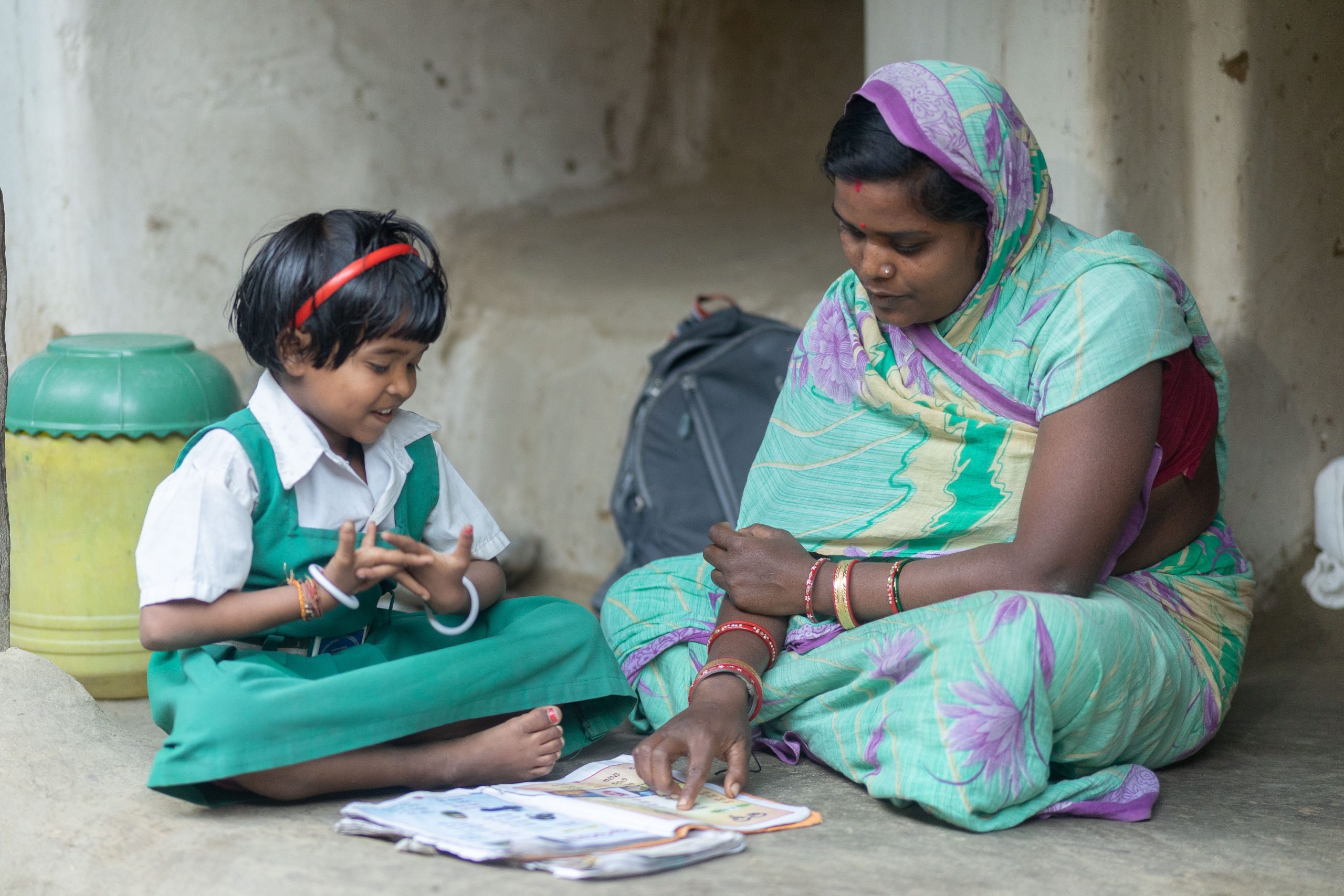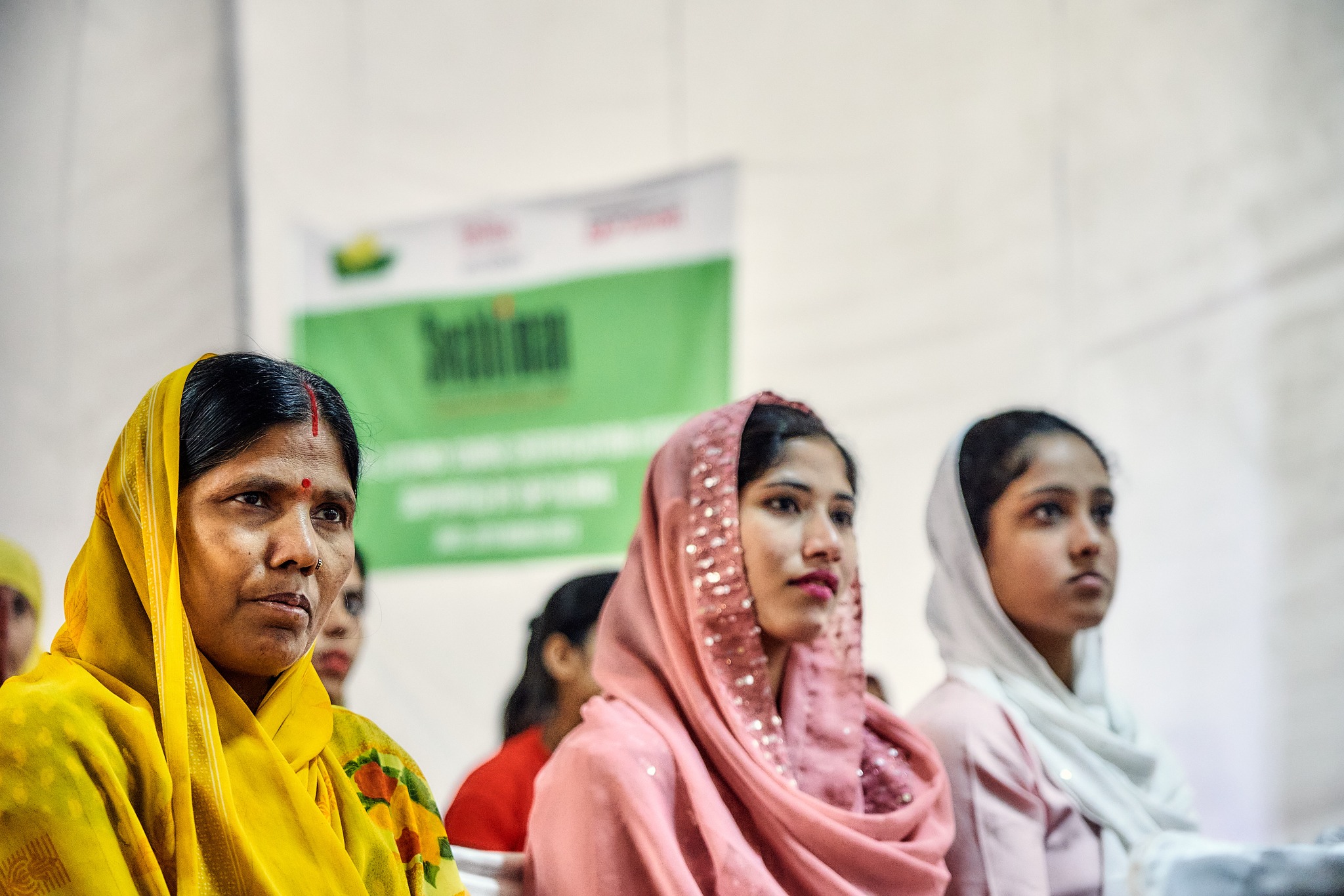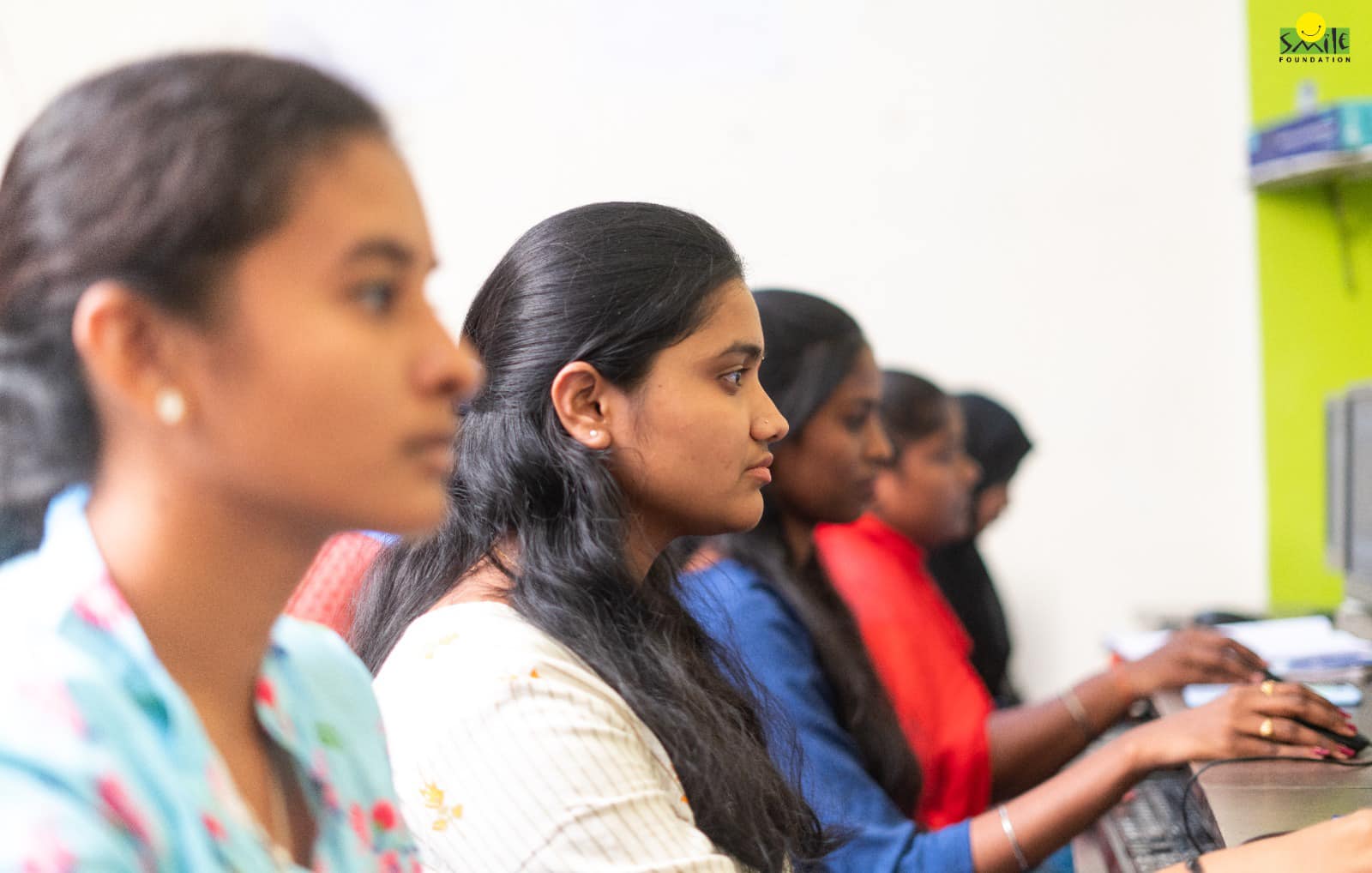Gender inequality isn’t new. History books are packed with stories of women suffering physical, mental, and emotional damage due to the assumed higher importance of their opposite gender. Men used prevailing societal norms that saw them as the torchbearers of humanity to commit widespread atrocities on women, keeping them within four walls. As society evolved and education became mainstream, the bubble burst, and women’s rights became a central issue. Significant progress in gender equality and women’s empowerment is felt, using the pronoun ‘she’ is seen as the final piece of the jigsaw.
Pronouns: Gender Equality and Women’s Empowerment
Language is a fundamental part of our lives. It’s as essential as the air around us, helping communicate our needs, problems, and ideas and making life easier.
However, the English language was also biased towards men for years. The masculine pronoun ‘he’ has been and still is the default pronoun for both sexes. From media to books and government records, ‘he’ is used for everyone, including women.
The world has changed, but using ‘he’ even today suggests the deep roots of patriarchal norms still dominate society. It’s unfair to men, as it marginalises them and doesn’t honour their hard work and contribution to humanity’s good.
Using pronouns is a small but important step toward gender equality and women empowerment. ‘She’ replacing ‘he’ can break the traditional gender hierarchy and create a more inclusive language. Reading ‘she’ in books, media stories, and government records can demonstrate women are central to humanity and help millions of young girls.
Pronouns can also help counter gender stereotypes. Widespread use of ‘she’ and its mainstreaming can dissolve differences between genders, allowing ideas, innovations, and conversations to flow fluidly.
This can promote a more positive image of women in society, which can positively impact the self-esteem of women and girls. They’d feel valued when hearing themselves referred to as ‘she’. This may encourage them to break stereotypes professionally or academically.
‘She’ is a powerful tool that can propel nations forward. Happy and included females can bring positive change through their work and inspire millions of young girls.
They can also motivate non-binary and gender non-conforming individuals to strive harder for their rights and the chance to speak. But breaking down the gender binary is essential for it. This is where the ‘she’ pronoun can come in handy.
India and Women Equality
India’s growth shows no signs of stopping. The country has moved up the global economic ladder rapidly since 2015, overtaking Brazil, the United Kingdom (UK), Russia, Italy, and France in terms of Gross Domestic Product (GDP). Soon, India may leave behind Germany and become the fourth-largest economy in the world.
However, India still has major issues in several areas, including gender equality and women’s empowerment. India ranked 135th out of 146 countries in gender parity terms on World Economic Forum (WEF)’s annual Gender Gap Report 2022.
The country’s cultural and societal norms act as a stumbling block. The boy child is still preferred by Indian parents, with girls lacking the same opportunity as their male siblings in rural India.
Fortunately, the Indian government has launched initiatives to change the scenario and bring more inclusivity to Indian households. The Beti Bachao, Beti Padhao (BBBP) scheme is one of several efforts by the Government addressing the role of education in women empowerment.
‘She’ Pronoun in India
With an Internet user base of over 800 million, India is the centrepiece of societal change. The ‘She’ pronoun wave reached India simultaneously with the West, with women highlighting the importance of gender equality.
The Indian government, to its credit, has been modern in its approach and welcomed the usage of the ‘She’ pronoun in India. It made legislative history at the end of 2022, using the pronouns “She” and “Her” for genders in the draft Digital Personal Data Protection Bill, 2022.
Tweeting on the change, India’s Communications Minister, Ashwini Vaishnaw, said, “We have attempted in the philosophy of women’s empowerment that Prime Minister Narendra Modi ji’s government works to use the words she and her in the entire bill, instead of he, him and his. So this is an innovative thing which has been attempted in the bill.”
The move didn’t receive enough attention, partly due to the controversial nature of the bill and the opposition’s views. However, it is a step forward and syncs perfectly with the government’s “Beti Bachao Beti Padhao” campaign and similar women’s empowerment programs in India.
Still, A Long Way to Go
Using the ‘She’ pronoun on a government bill is a revolutionary step demonstrating the government knows the importance of gender equality in development. However, it is the first in several measures to transform the Indian patriarchal society.
Unfair gender stereotypes still exist in India and cause significant mental, physical, and financial trauma to women. The Indian government must stay determined in women empowerment efforts to address these problems. It must promote inclusivity and empower women and girls to see themselves as equal members of society.
Smile Foundation and Women Empowerment
Smile Foundation’s aim is to address the concern through a simple but effective approach involving the community. Through innovative community practices, the programme seeks to make the marginalised and socially-excluded women and adolescent girls realise their inner strength and individual and collective self-esteem.
The women empowerment programme, Swabhiman aims to enhance their access to basic healthcare, nutrition, and knowledge about the different government schemes and bring an overall improvement in the quality of their lives. Potential women entrepreneurs are identified and supported with dedicated programmes to build an ecosystem for them to progress and excel.



